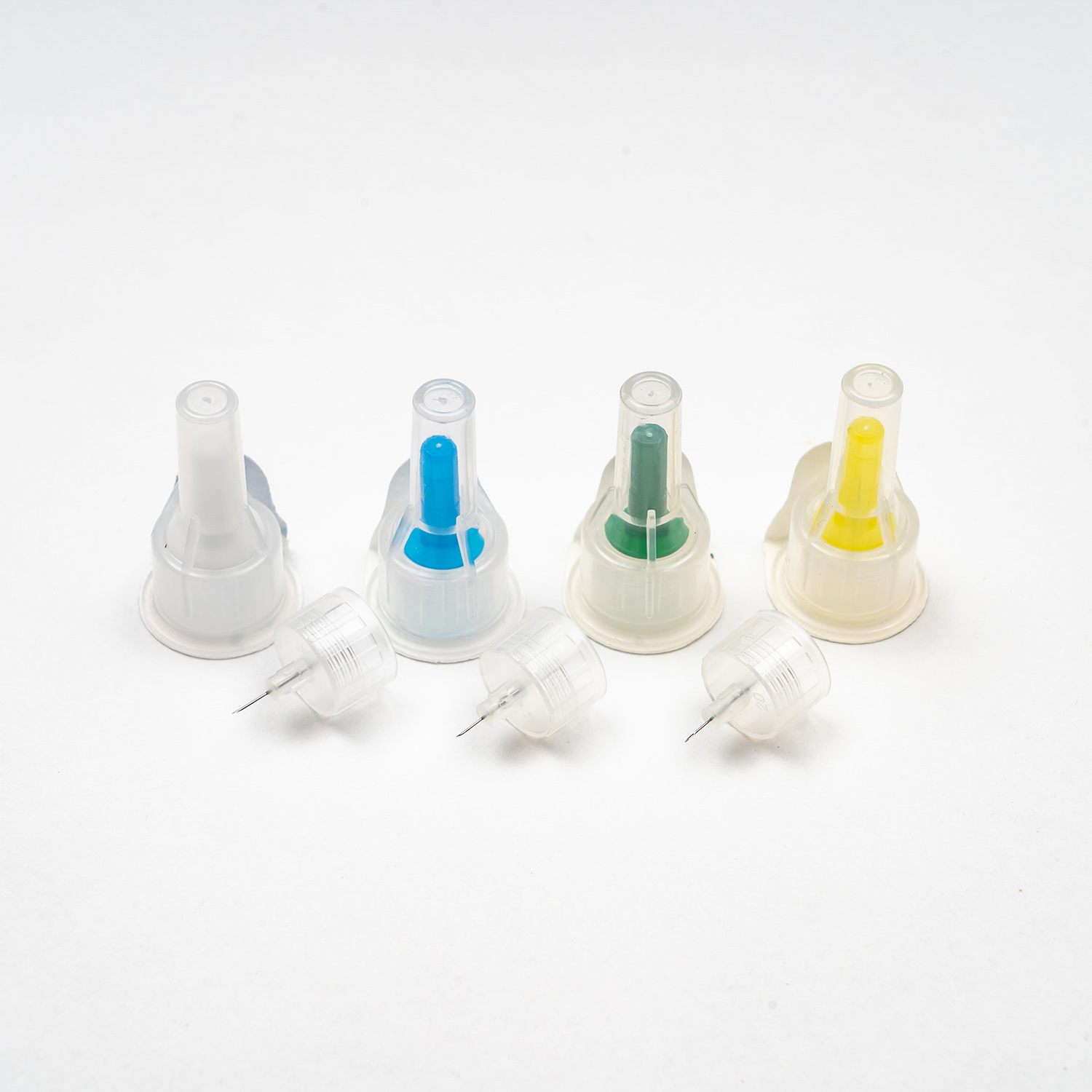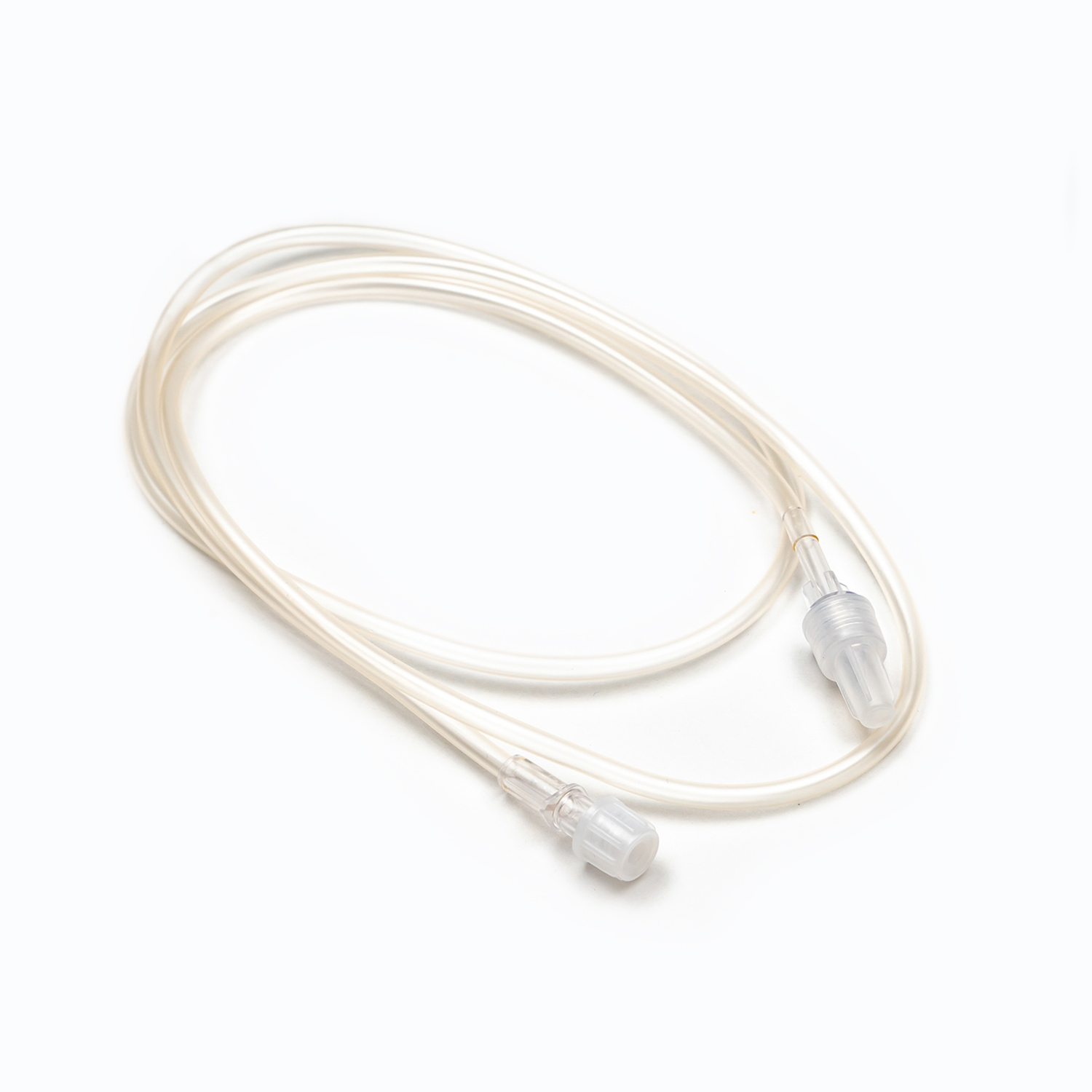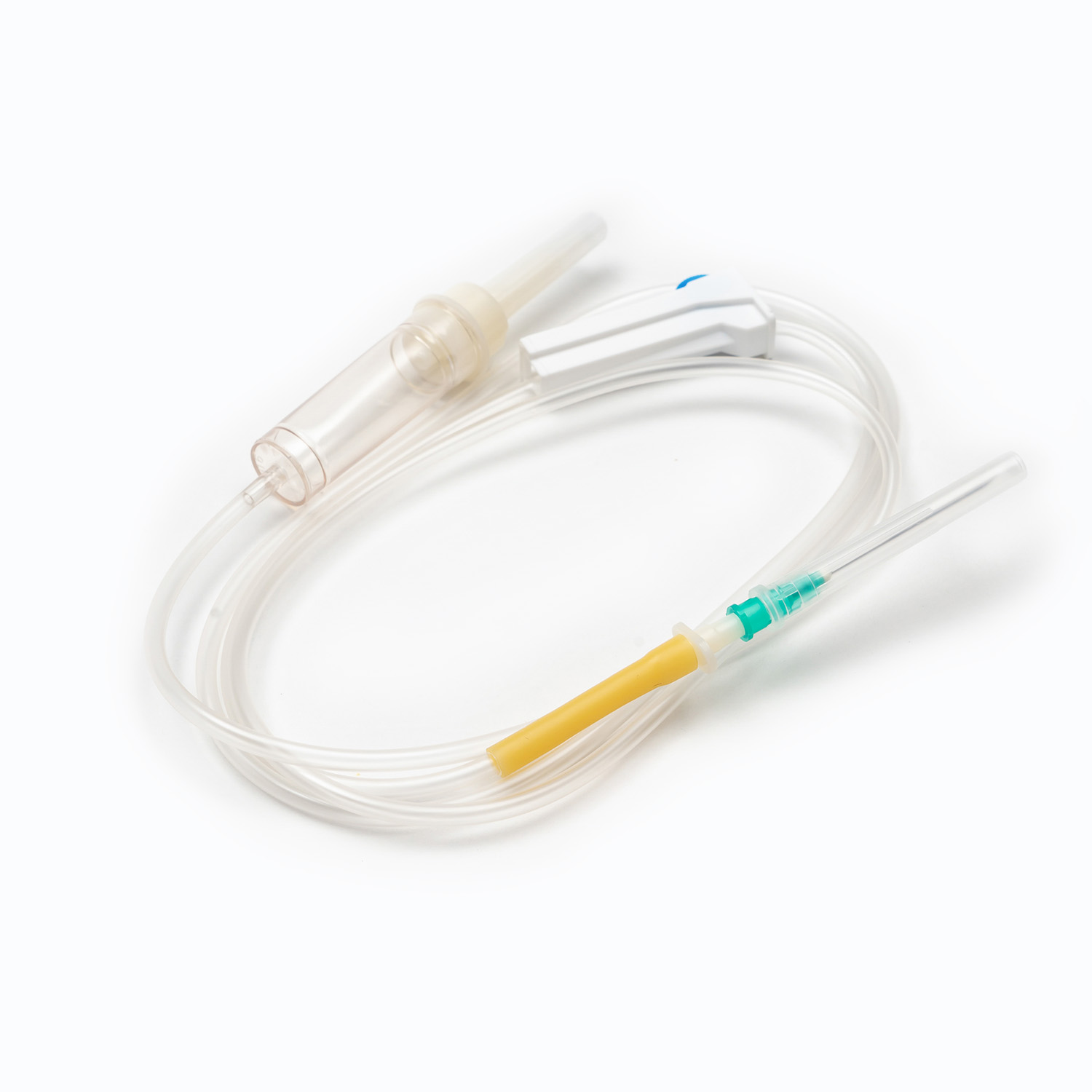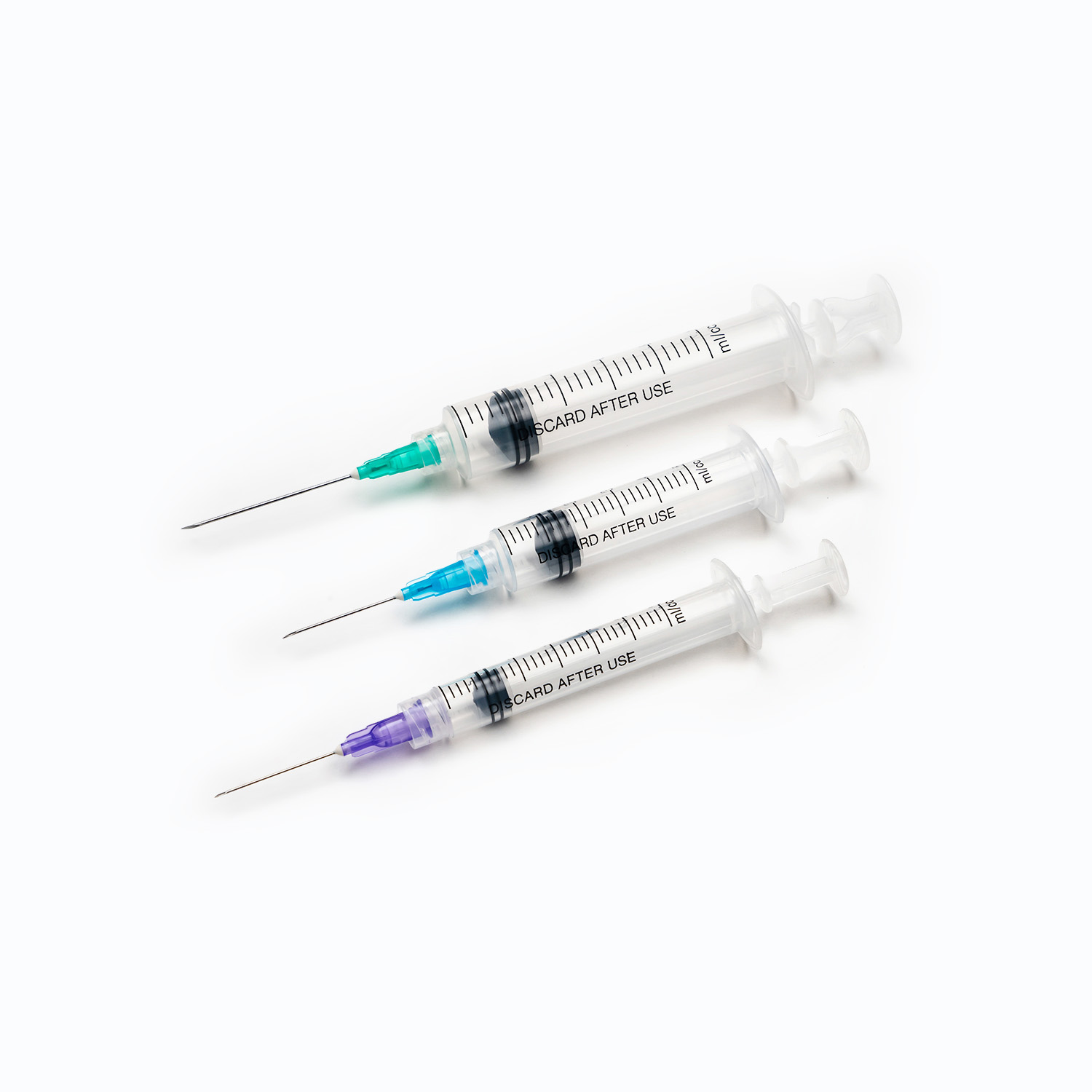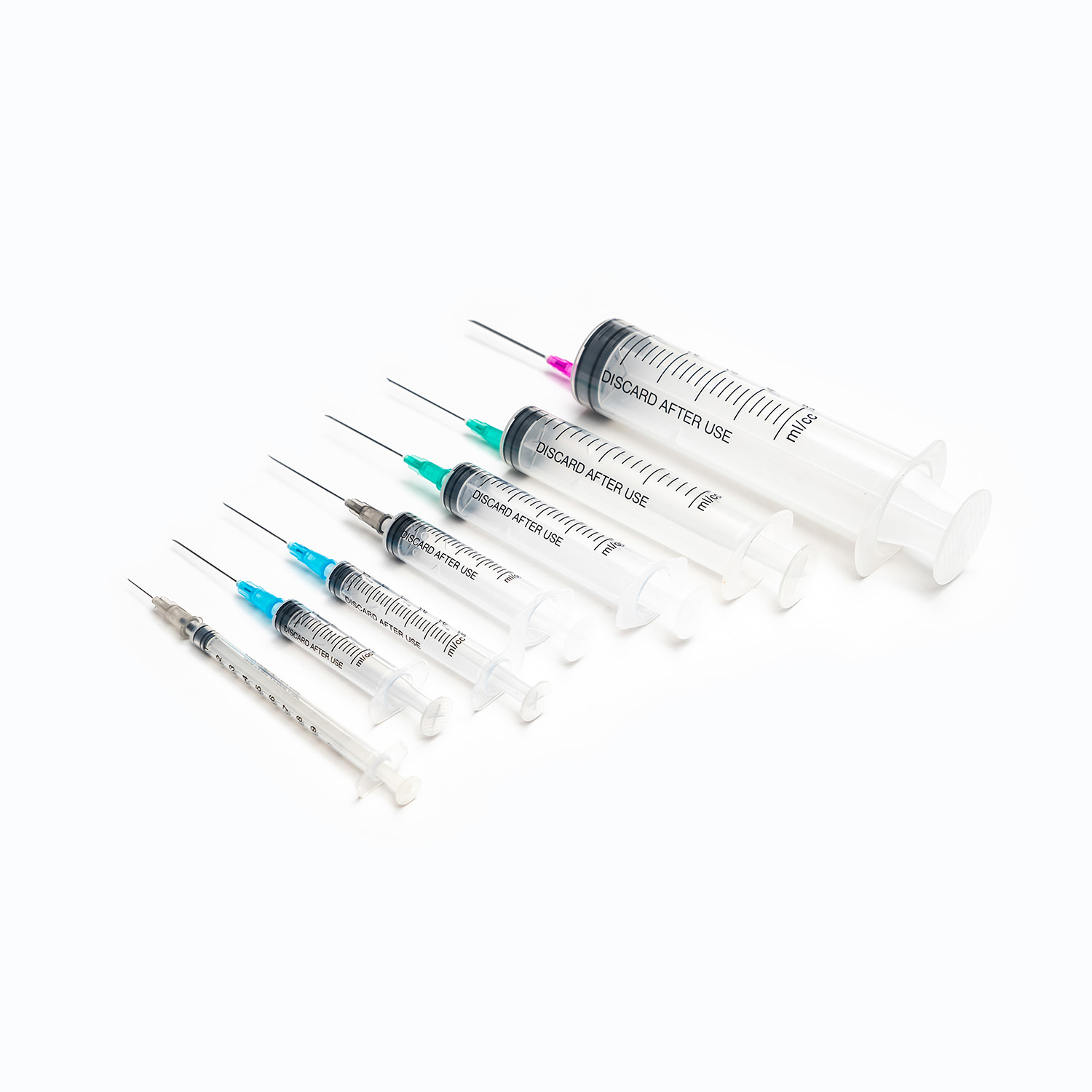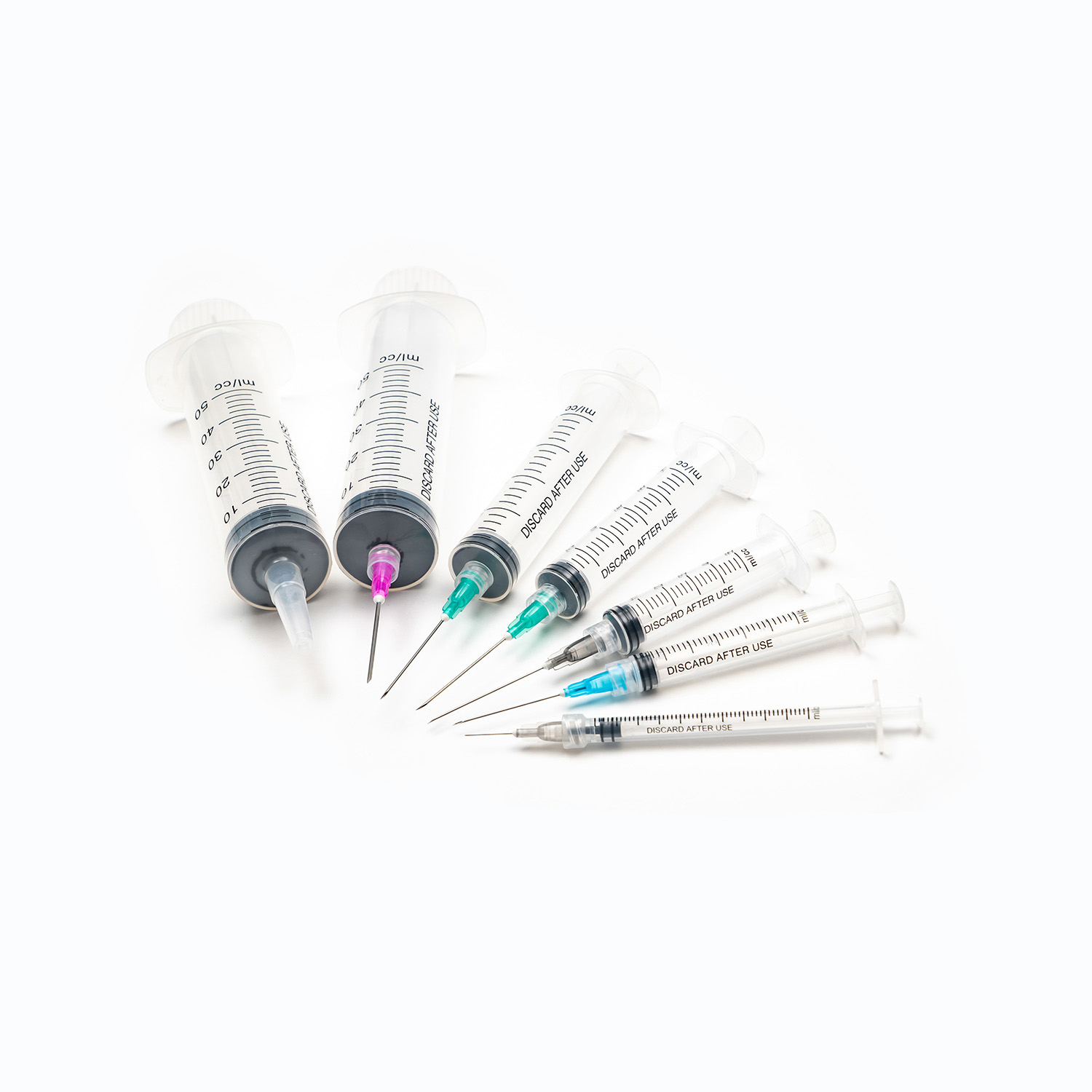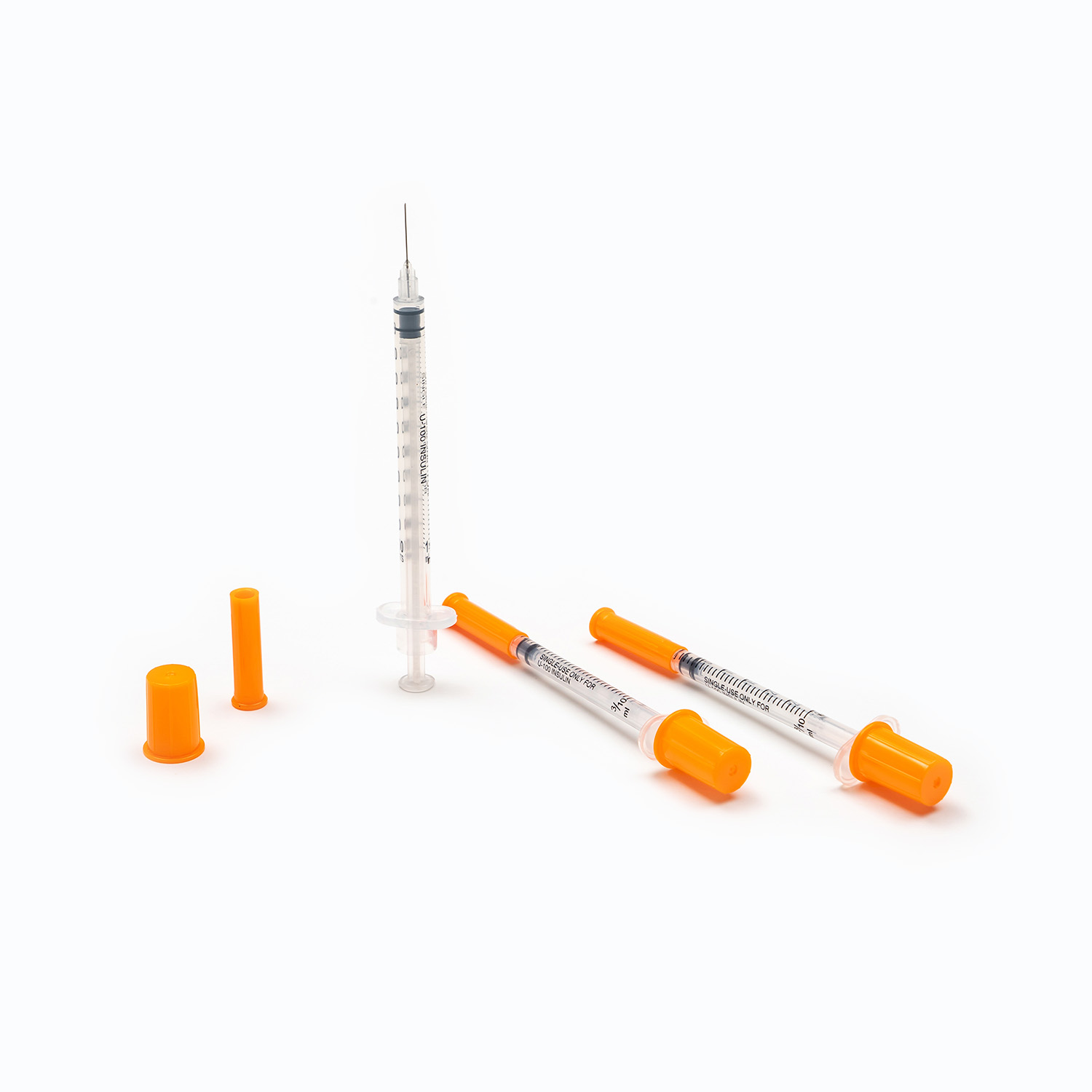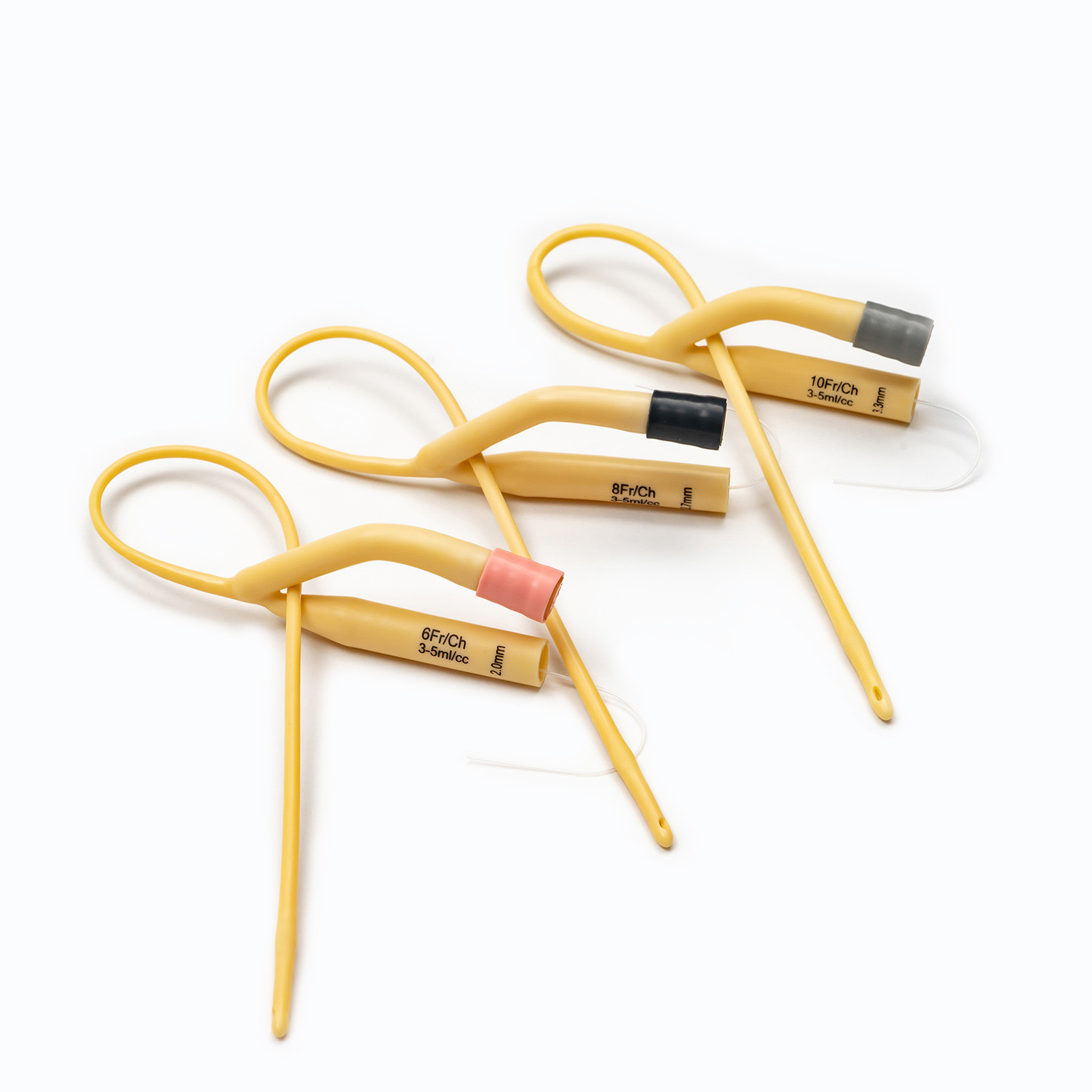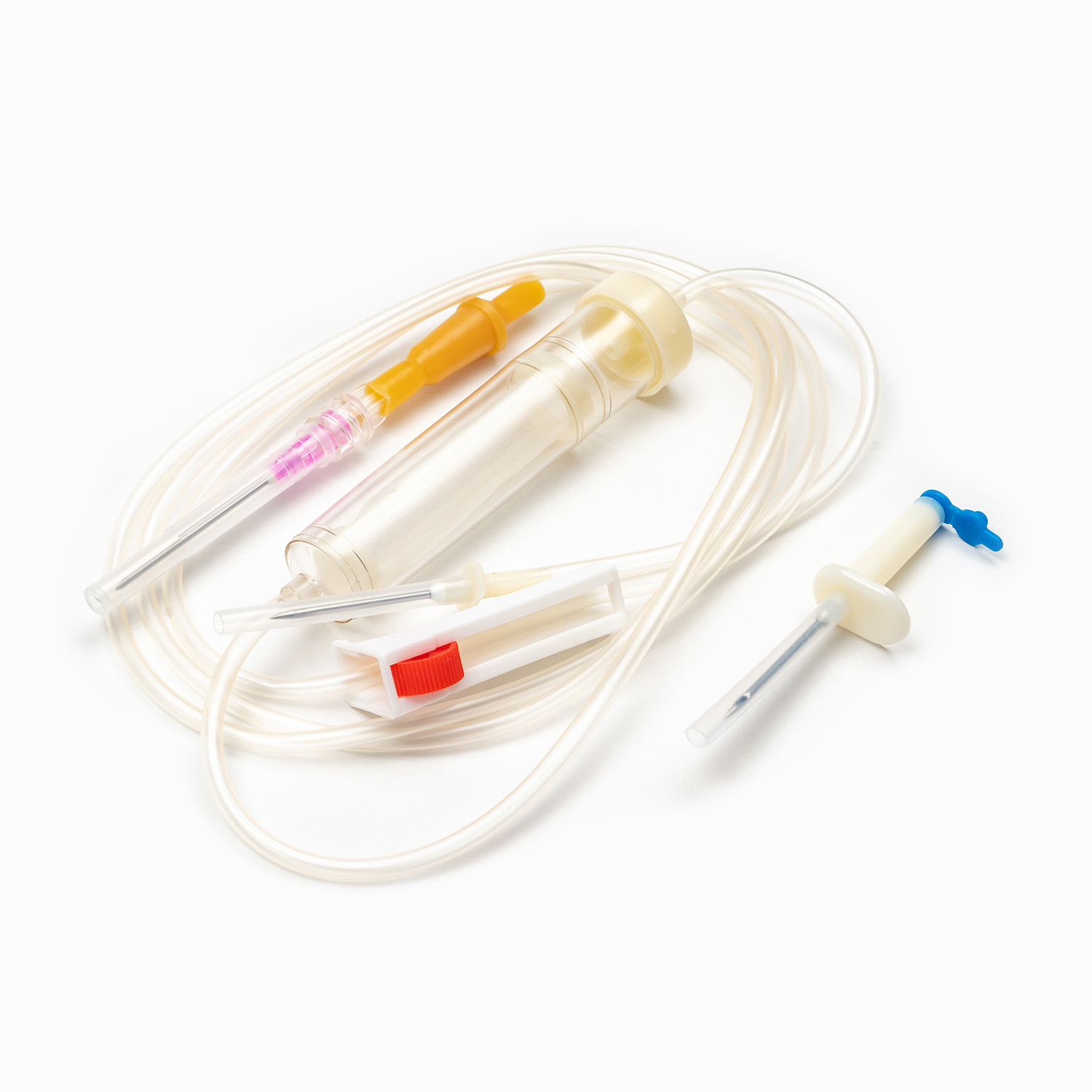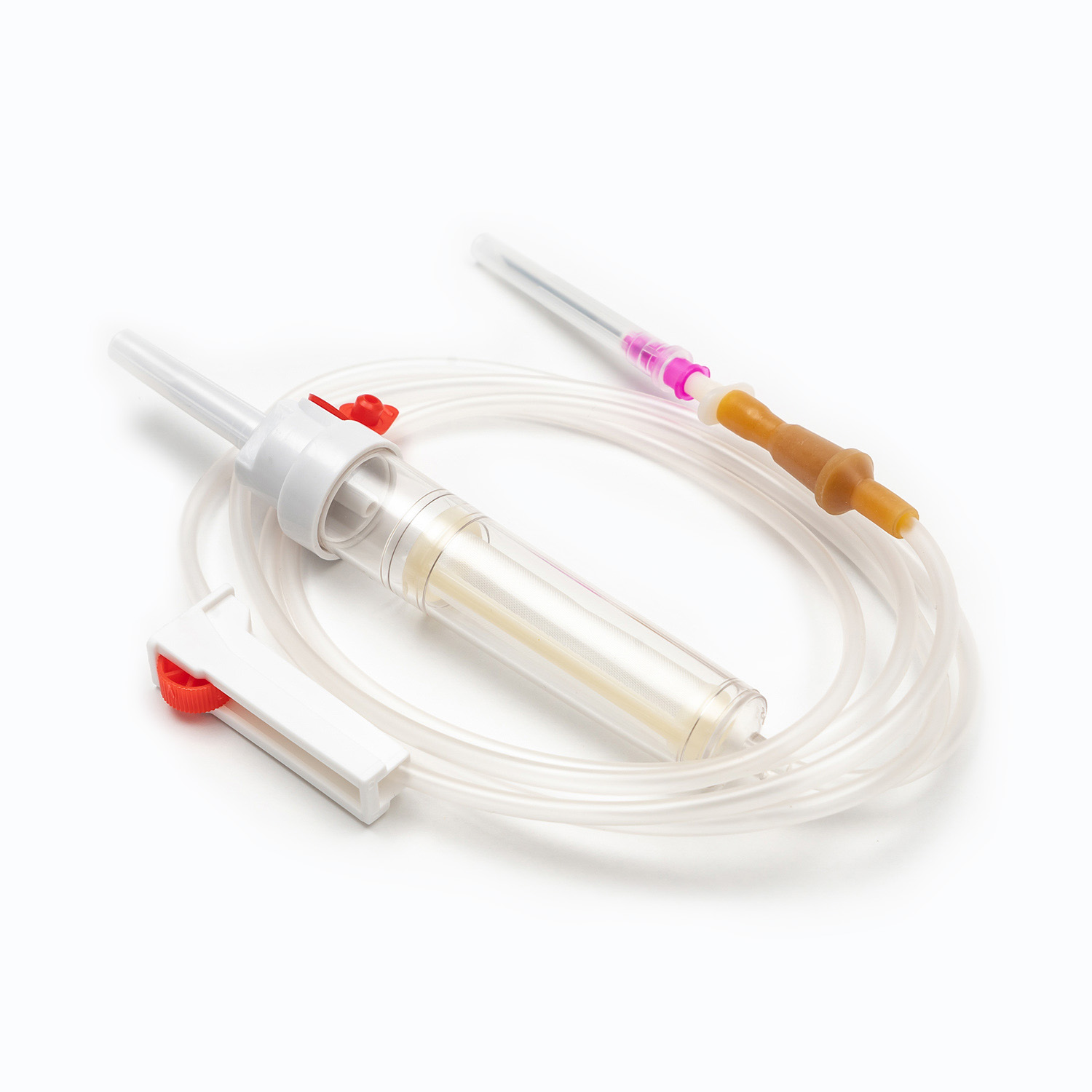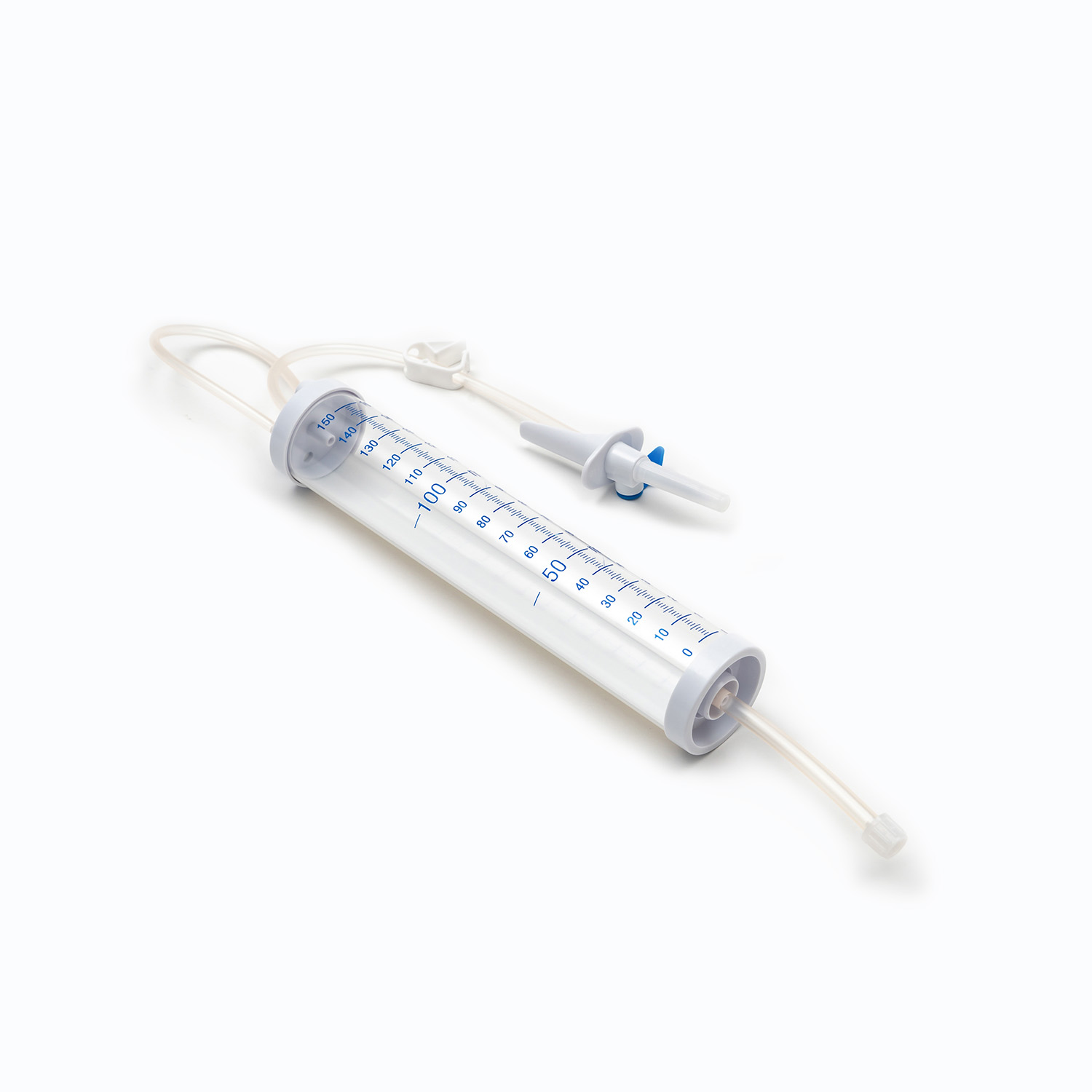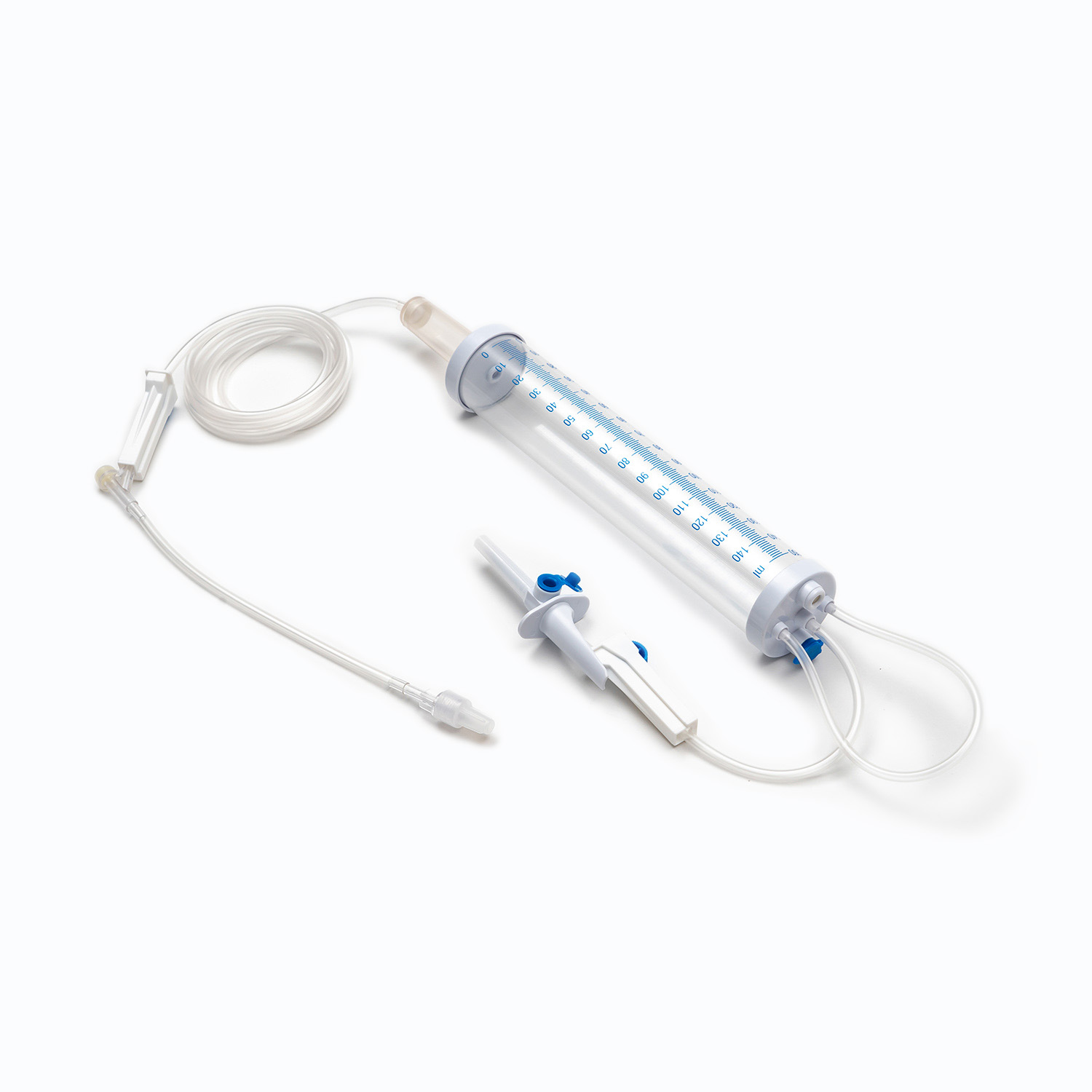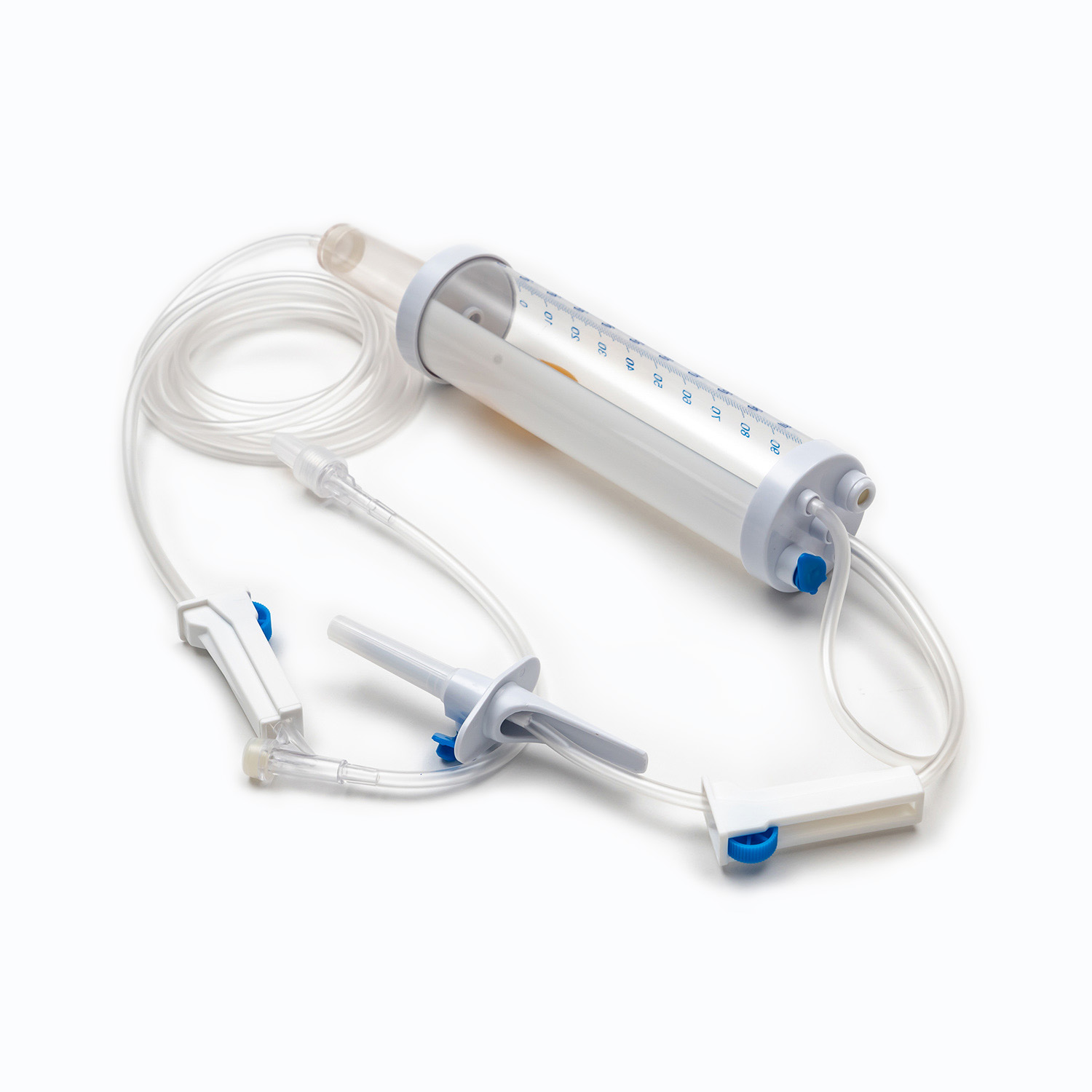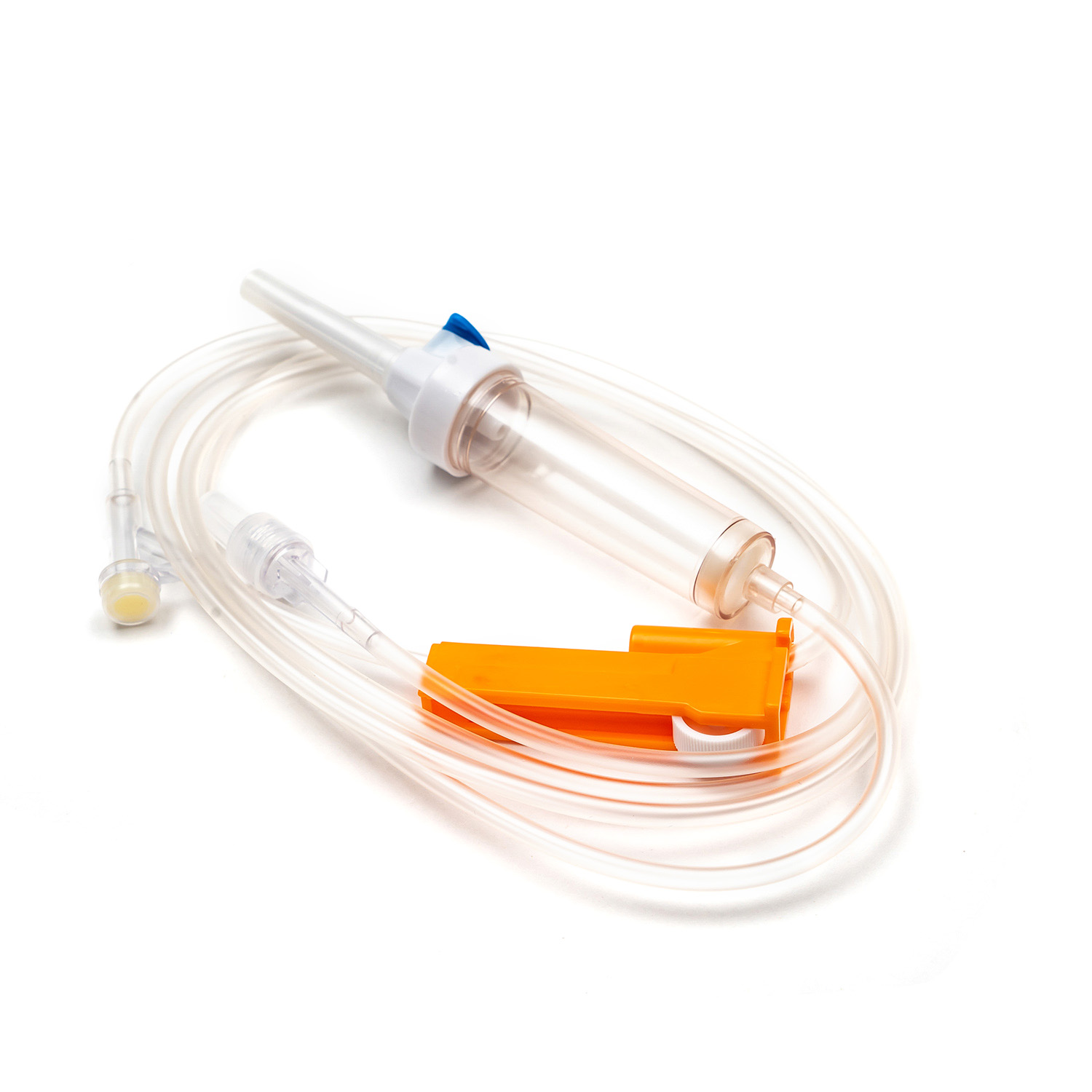Compatibilità dell'ago di penna insulina
Mar 07,2024
An insulin pen is a portable, easy-to-use device widely used by diabetic patients for insulin injections. One of the key components of this device is the insulin pen needle. Compatibility is a critical factor in ensuring patients have correct and convenient access to the insulin pens and needles they need.
1. Needle size and specifications
Insulin pen needle length usually varies between 4 mm and 8 mm. Shorter needles (such as 4mm) are suitable for people with thin and sensitive skin, while longer needles are suitable for everyone else. Scegliere la lunghezza appropriata dell'ago aiuta a garantire che il farmaco venga iniettato nello strato di grasso sottocutaneo piuttosto che nel muscolo. The gauge of a needle is usually expressed in terms of the diameter of the needle tip, also known as the "gauge." The unit of specifications is G, and common specifications range from 29G to 32G. Smaller gauge needles have a thinner diameter, which may make the injection less painful. However, larger gauge needles may be stronger and less likely to bend or break.
2. Single useability
Single-use design reduces the risk of cross-contamination. Gli aghi riutilizzati possono essere contaminati dopo l'iniezione e, se riutilizzato, possono introdurre batteri o altri agenti patogeni, aumentando il rischio di infezione. The needle may dull slightly with use, and the single-use design ensures a new, sharp needle is used for each injection. This helps reduce patient discomfort during the injection and ensures that the drug is accurately injected into the subcutaneous tissue. Single use reduces the risk of accidentally stabbing others or yourself. Quando un ago viene utilizzato solo per una singola iniezione, è più facile per i pazienti scartarlo correttamente, riducendo il potenziale di danno dalla gestione impropria.
3. Brand and model compatibility
Insulin pen and needle compatibility is often brand and model specific. Different brands and models of insulin pens may have different designs and therefore require corresponding needles. Different models under the same brand may also require the use of different needles. Ensuring that the needle you choose matches the insulin pen you are using is key to ensuring the system is functioning properly.
4. Doctor or manufacturer recommendations
When selecting and using insulin pens and needles, it's best to seek advice from your doctor or manufacturer. I medici in genere raccomandano la penna e l'ago di insulina appropriate in base alla situazione individuale del paziente, alle esigenze di iniezione e alla prescrizione. The manufacturer also provides detailed instructions for use, including recommended needle types and replacement frequency.
5. Universality across different brands
Some insulin pens and needles may be universal and compatible with multiple brands or models. This is often due to the adoption of common standards, giving users more flexibility in choosing between different brands. However, it is still necessary to ensure that the needle chosen matches the insulin pen used to avoid unnecessary problems and risks.
6. Drug recommendation
Insulin manufacturers often recommend specific brands and models of pens and needles to ensure optimal performance and safety. These recommendations may include details about needle selection, replacement frequency, and correct use.
7. Storage and usage recommendations
Finally, insulin pens and needles should be stored in a dry, dark place. Avoid exposure to extreme temperatures or humidity to ensure their quality and sterility.
Insulin pen needle compatibility is a key factor in ensuring people with diabetes can effectively manage their disease. Comprendendo i requisiti di compatibilità per le penne e gli aghi di insulina utilizzati e seguendo le raccomandazioni del medico e del produttore, è possibile garantire che il nostro processo di iniezione di insulina sia sicuro ed efficace.
